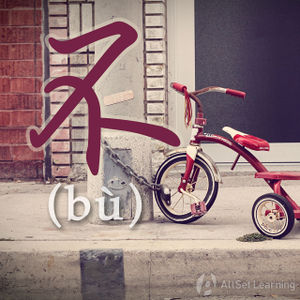Difference between revisions of "Expressing a last chance with "zaibu... jiu...""
| Line 15: | Line 15: | ||
* 今年 最后 一 次 优惠 , <em>再不</em> 抢 <em>就</em> 没 了 。<span class="pinyin">Jīnnián zuìhòu yī cì yōuhuì, <em>zài bù</em> qiǎng <em>jiù</em> méi le.</span><span class="trans">It's the final sale of the year. If you don't grab it, it'll be gone!</span> | * 今年 最后 一 次 优惠 , <em>再不</em> 抢 <em>就</em> 没 了 。<span class="pinyin">Jīnnián zuìhòu yī cì yōuhuì, <em>zài bù</em> qiǎng <em>jiù</em> méi le.</span><span class="trans">It's the final sale of the year. If you don't grab it, it'll be gone!</span> | ||
| + | * 再不 走 我们 开会 就 要 迟到 了。 | ||
| + | * 火车 快 开 了,再不 检票 就 来不及 了。 | ||
| + | * 你 快 告诉 他,不 要 让 他 误会,再不 说 就 真的 误会 了。 | ||
| + | * 你 再不 学习,下 个 月 就 没有 生活费 了。 | ||
| + | * 你 再不 努力,你 就 会 被 淘汰。 | ||
| + | * 你 再不 打 电话,你 就 失去 这个 机会 了。 | ||
| + | * 我 再不 穿 羽绒服,我 就要 冻死 了。 | ||
| + | * 你 再不 走,我 就要 叫 保安 了。 | ||
| + | * 如果 我们 现在 再不 去 旅游,以后 就 更 没有 机会 了。 | ||
</div> | </div> | ||
Revision as of 07:22, 7 December 2020
-
Level
-
Similar to
-
Used for
-
Keywords
When time is running out and you need to emphasize that someone needs to act now or else something bad is going to happen, that's when you know you need the pattern 再不…… 就…… (zàibù... jiù...)!
Structure
(Subj. +) 再不 …… 就 ……(了)
What comes right after 再不 is the action that needs to be taken now. What comes after 就 is the dire consequences which will immediately result is that action is not taken.
Examples
- 今年 最后 一 次 优惠 , 再不 抢 就 没 了 。It's the final sale of the year. If you don't grab it, it'll be gone!
- 再不 走 我们 开会 就 要 迟到 了。
- 火车 快 开 了,再不 检票 就 来不及 了。
- 你 快 告诉 他,不 要 让 他 误会,再不 说 就 真的 误会 了。
- 你 再不 学习,下 个 月 就 没有 生活费 了。
- 你 再不 努力,你 就 会 被 淘汰。
- 你 再不 打 电话,你 就 失去 这个 机会 了。
- 我 再不 穿 羽绒服,我 就要 冻死 了。
- 你 再不 走,我 就要 叫 保安 了。
- 如果 我们 现在 再不 去 旅游,以后 就 更 没有 机会 了。
See Also
Sources and further reading
Books
- Common Chinese Patterns 330 (汉语常用格式330例) (pp. 299) Anything Goes (无所不谈) →buy
- Boya Chinese Elementary Starter 2 (博雅汉语初经起步篇) (pp. 174) Anything Goes (无所不谈) →buy
- Integrated Chinese: Level 2, Part 2 (pp. 265) Anything Goes (无所不谈) →buy



